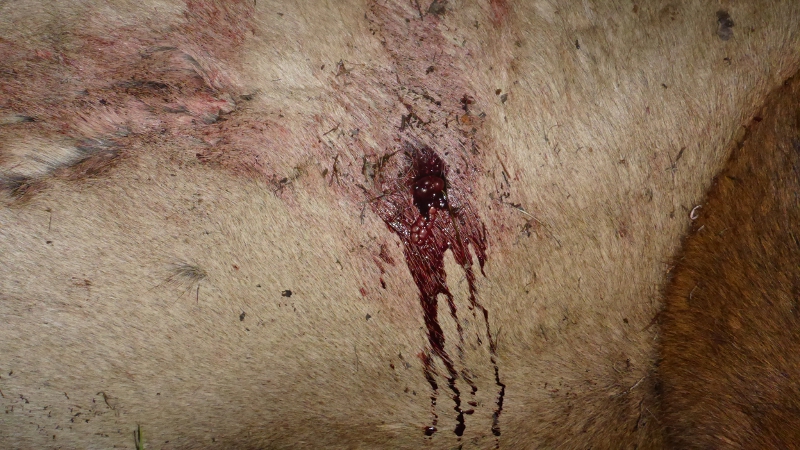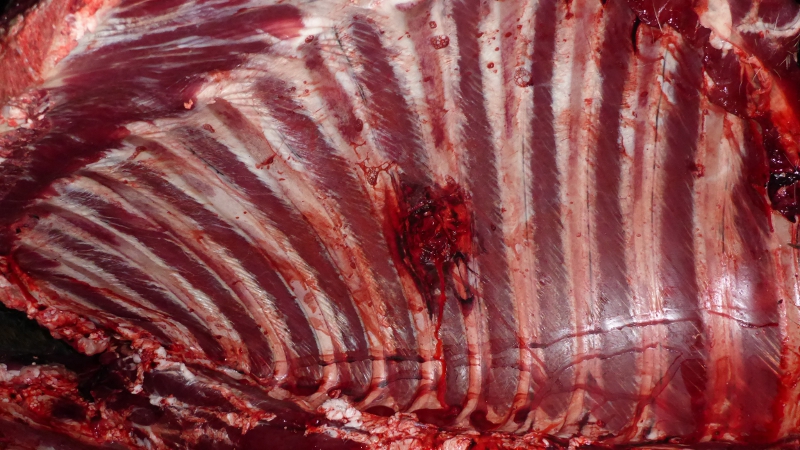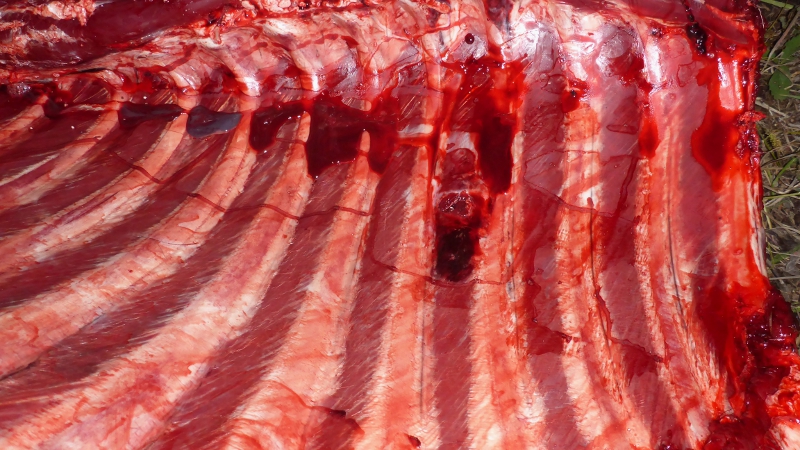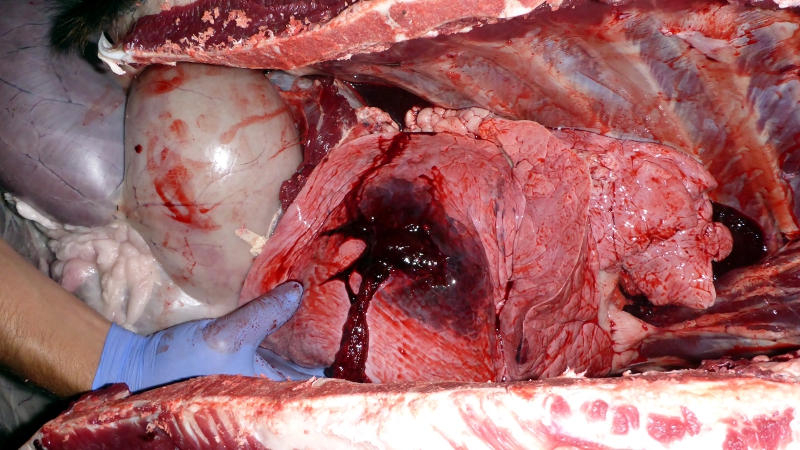For a patched .440 diameter roundball to have the same energy as a 30-06 I did some calculating....
For those shooting 60 grains, does it kick similar to a modern rifle, in the 30.06 range?
It turns out a typical load for a 150 grain bullet fired from a 30-06 at 2,825 fps makes about 2,659 ft/lbs of energy.
The little .440 diameter roundball weighs about 128 grains so because it is lighter than the 150 grain bullet, it has to be going faster than that bullet.
After crunching the numbers, the ball would need to be traveling at 3,046.2 fps to make as much energy.
According to the Lyman "BLACK POWDER HANDBOOK & LOADING MANUAL", a 120 grain powder load of GOEX 3Fg powder will drive the ball at a muzzle velocity of 2,124 fps so in my opinion there is no practical way of making your .45 kick like a .30-06.
Getting back to the real subject, if you'r after hogs I wouldn't blame you one bit for going with a powder load higher than 60 grains.
Again, per the Lyman book a 60 grain powder load of 3Fg powder will give a muzzle velocity of about 1719 fps with an energy of 840 ft/lbs.
Bumping the load up to 90 grains will increase the velocity to 1912 fps with a muzzle energy of 1039 ft/lbs.
That's less than half of the energy of a 30-06 but IMO, when it comes to hogs, every little bit helps.
Just make sure the gun shoots accurately with that big powder load. Some guns won't shoot worth beans with big loads and accuracy is the name of the game when it comes to muzzle loaders.










